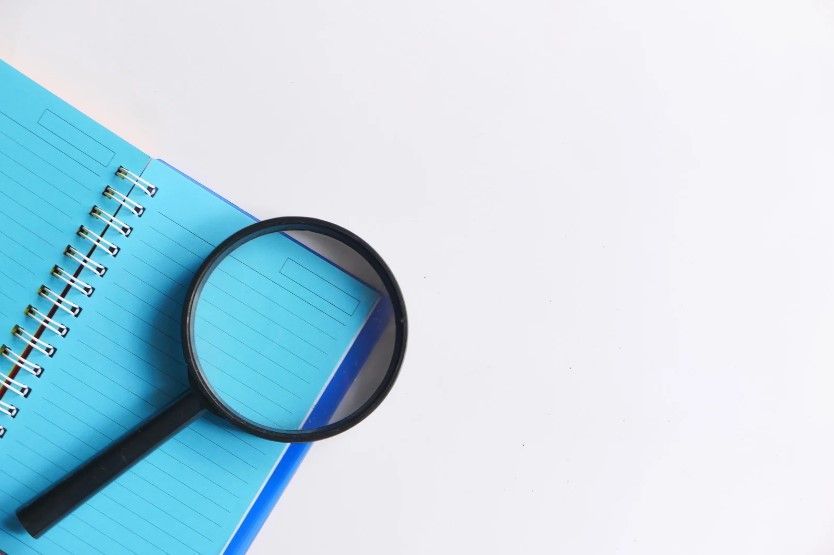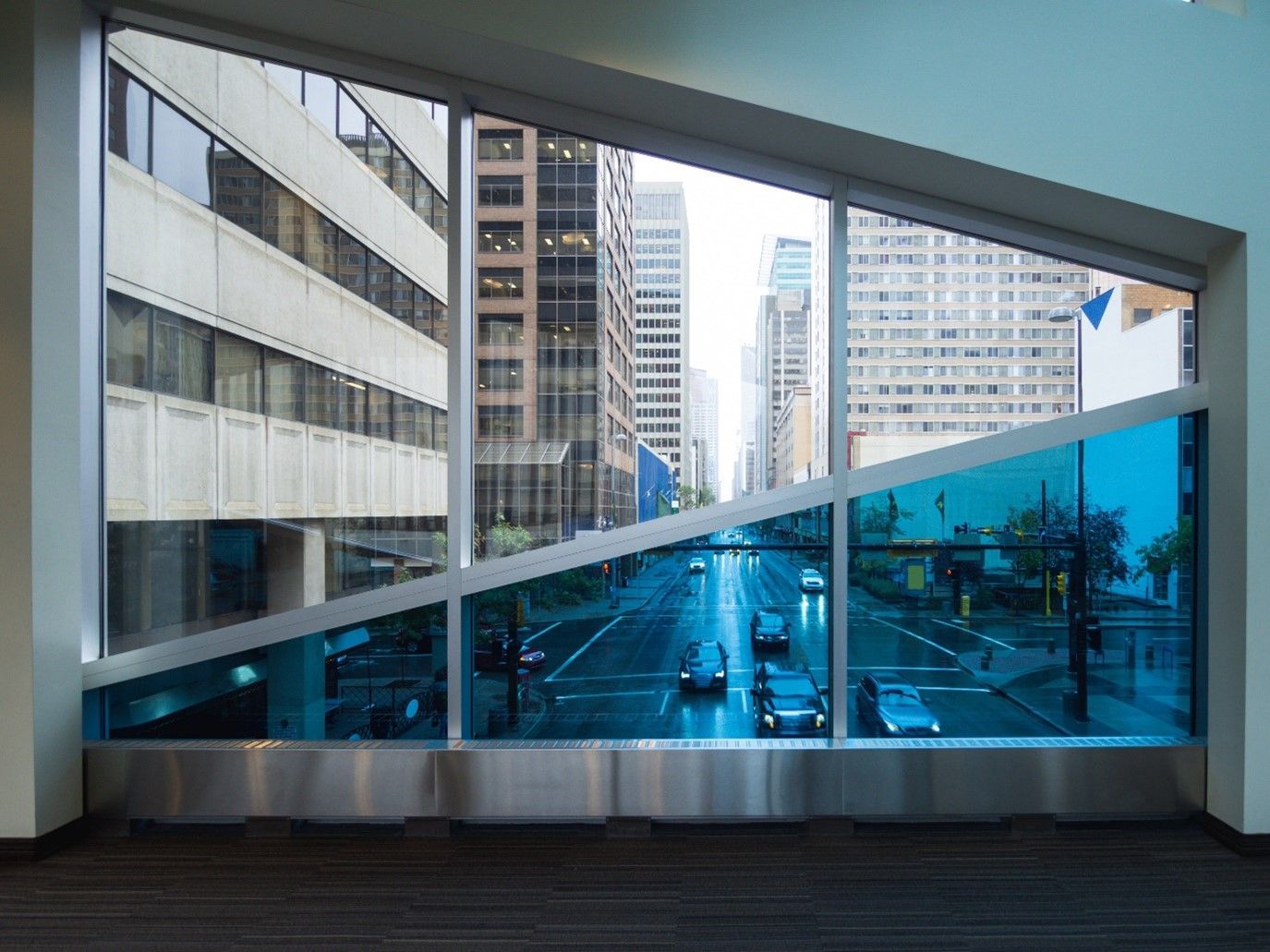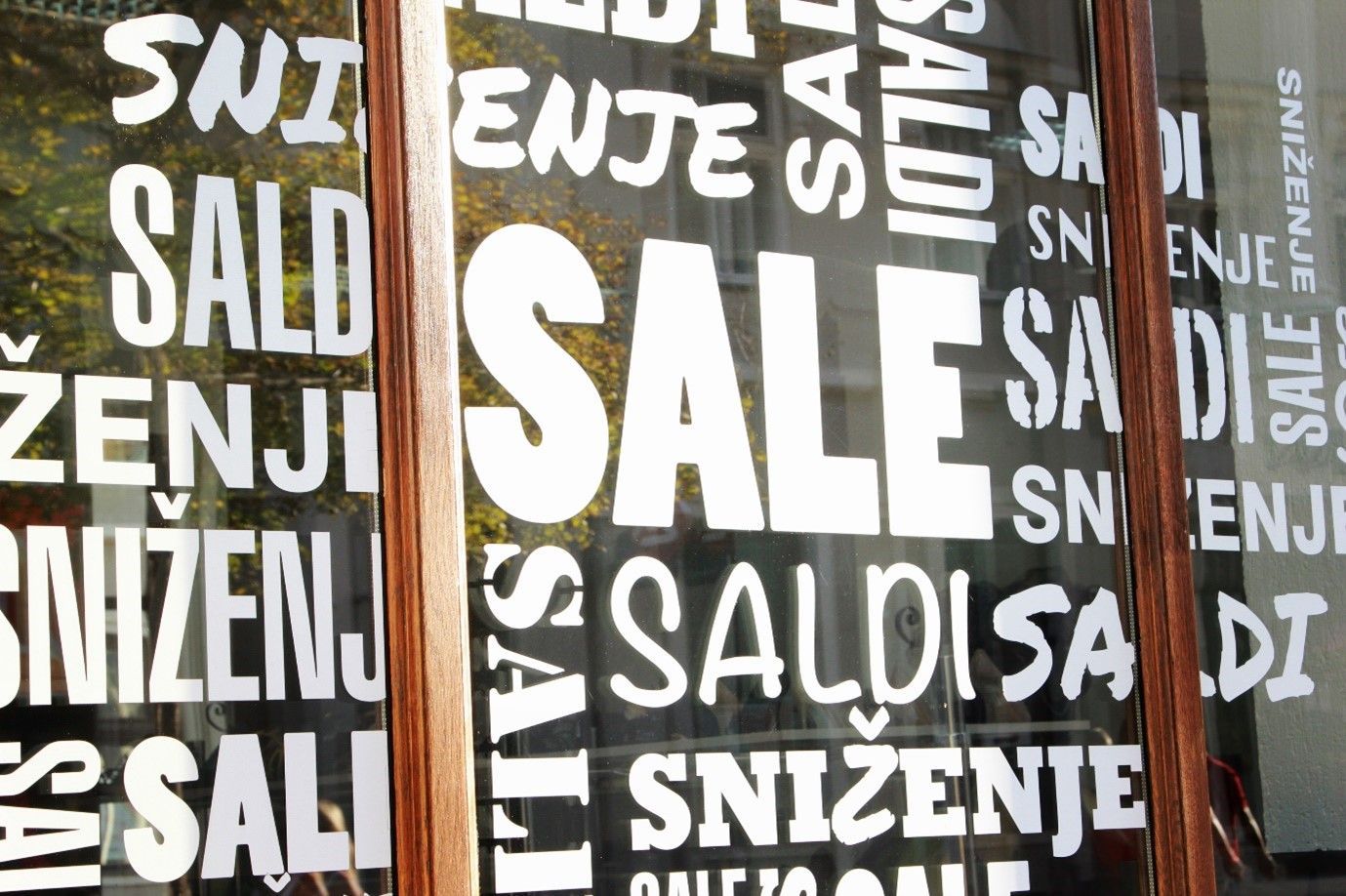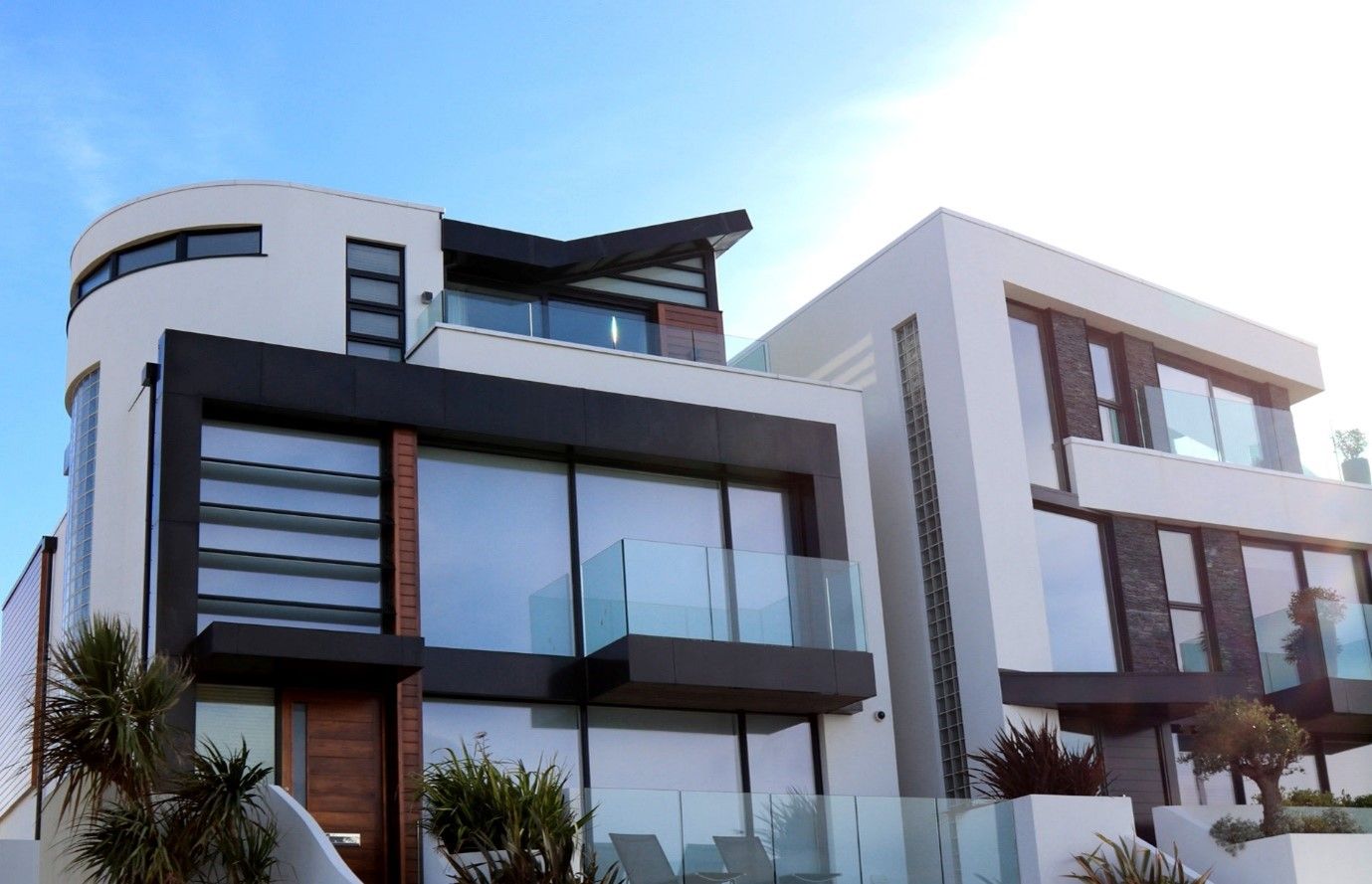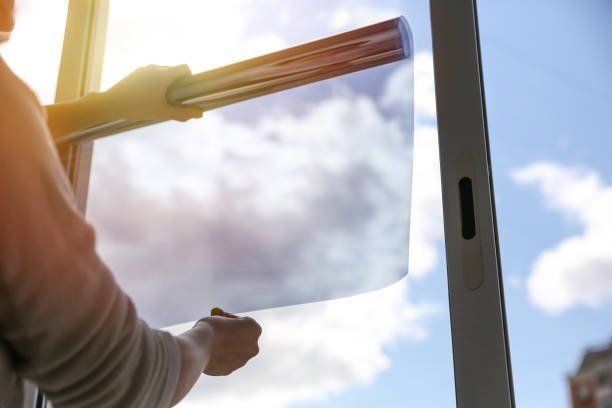What Causes Furniture Fading & How to Prevent It
- By websitebuilder
- •
- 21 Feb, 2020
- •
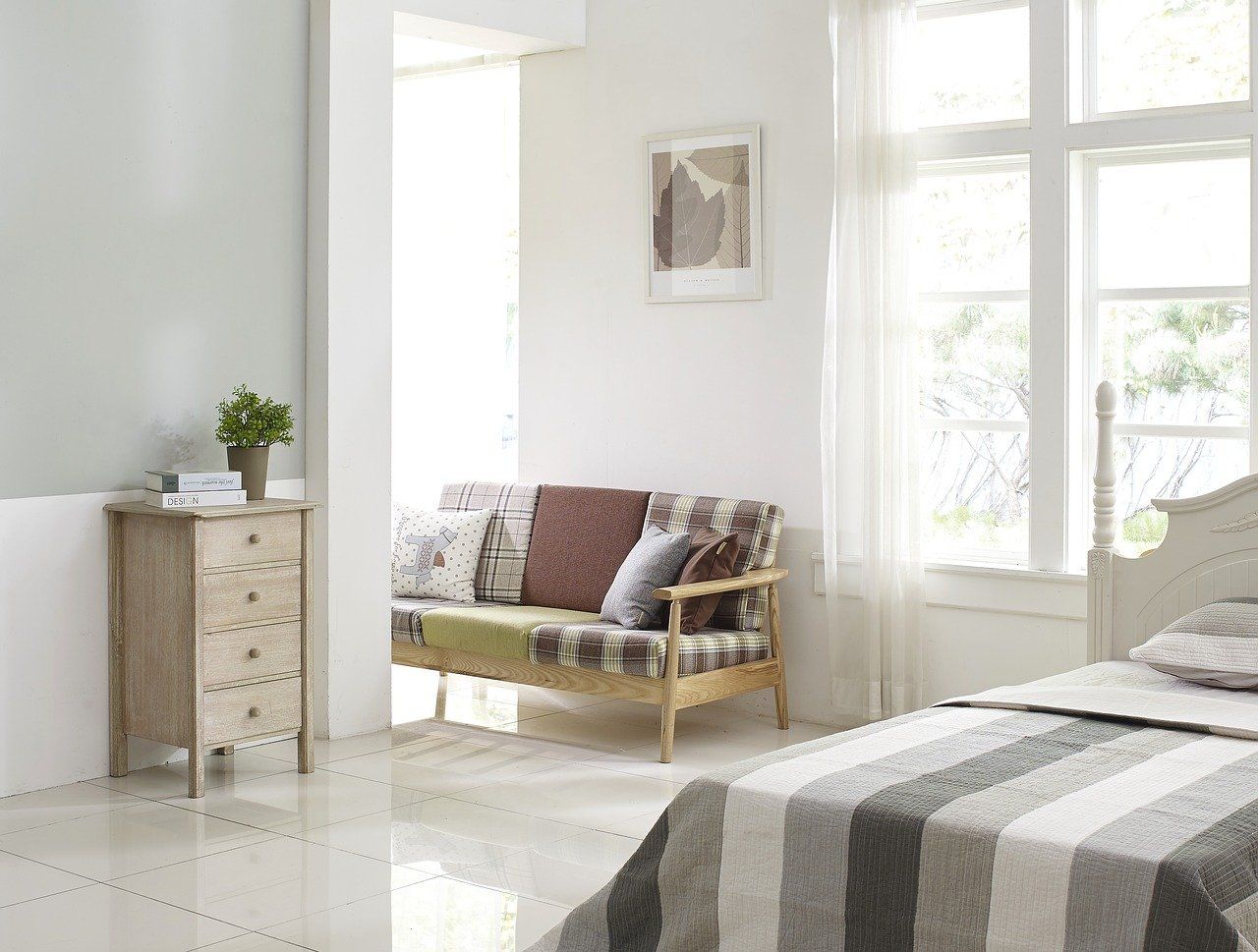
There’s nothing worse than spending months on end hunting for your much-loved home furniture only to watch it slowly fade and lose its original colour over time.
We’ve all fallen victim to it and it’s more common than ever today. With architectural design favouring bigger, clearer windows and consumers driving demand for open interior spaces flooded with natural light its important to put a plan into action to protect your furnishings.
What Causes Furniture Fading?
When it comes to understanding what causes furniture fading there are a lot of misconceptions. In fact, many people don’t distinguish between the different portions of the solar spectrum that contribute to the changes in colour your furniture may experience over time. Whilst some elements can cause more damage than others it’s really the entire spectrum that is of concern, which is why long-term exposure to the sun should be limited as much as possible.
Solar heat is one element that is responsible for the fading of your home furniture. Solar is the warmth you feel from the sun which makes up approximately 25% of all furniture fading in homes. Another element is visible light which includes rays of sunlight that you see on a bright day. Visible light makes up for approximately another 25% of all furniture fading.
The most damaging element of the sunlight, however, is Ultraviolet Light, contributing to approximately 40% of all furniture fading. Ultraviolet Light (UV) isn’t visible like other sources of damaging light such as electric lighting and you certainly don’t feel it either making it especially dangerous to not only your furnishing but to yourself and your pets.
UV rays are strongest during summer, but they’re present all year round, even during the cooler months and on cloudy days. In fact, some types of clouds can even reflect more sunlight to make the UV rays stronger.
Other factors including interior lighting, pollutants, wear and tear as well as humidity make up the remaining 10% causes of furniture fading.
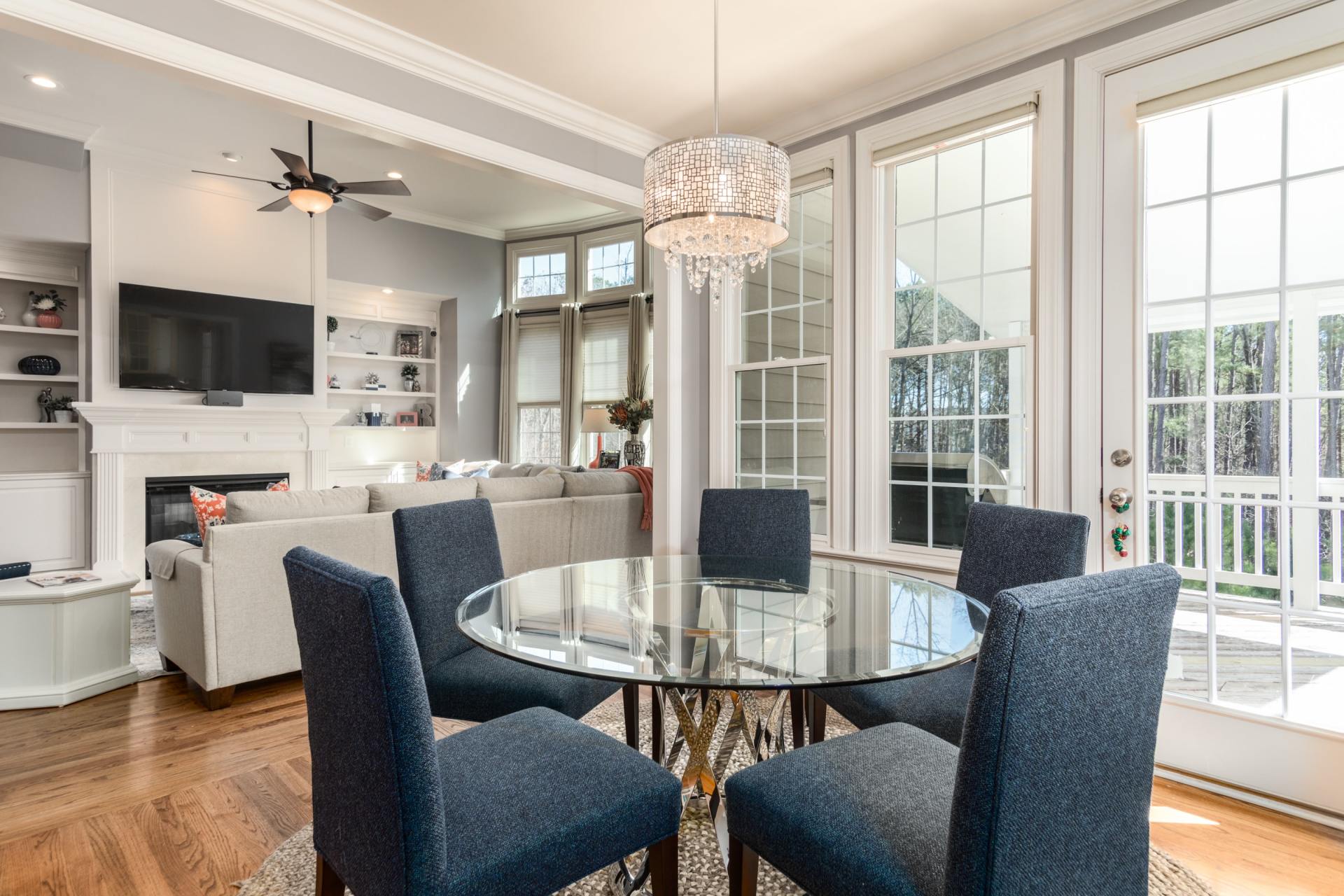
How To Prevent Your Furniture From Fading
Obviously, we’d all like to slow the fading process on our beloved home furniture but how can you achieve that without opting for ugly curtains and giving up your glorious natural light?
You guessed it – home window tinting!
Window film is the most effective means to controlling the level of heat and UV rays entering your home without implementing curtains. Choosing a high quality window film for your home will reject up to 99% of all UV light and can repel up to 71% of the solar energy that would normally enter your windows or glass doors which not only protects your furnishings but will make your living conditions far more comfortable. You’ll also get to get to enjoy a range of additional benefits including reduced electricity costs and reduced glare.
Not only is installing window film a cost-effective solution for preventing fading to your home furniture you’ll also enjoy retaining the same views and amount of natural light in your house.
It’s important to remember that installing home window tinting can be a fiddly process before you embark on your very own DIY project. ALLCOOL Window Films always recommends hiring a professional to ensure you end up with a quality finish.

Whilst there’s a host of causes for your furniture fading the biggest causes can be mitigated with home window tinting and window film.
If you’re considering window film for your home make sure you get in touch with ALLCOOL Window Films to discuss the range of options available. With over 35 years’ experience in protecting Perth homes we’re guaranteed to deliver high quality service and quick turnaround times.


